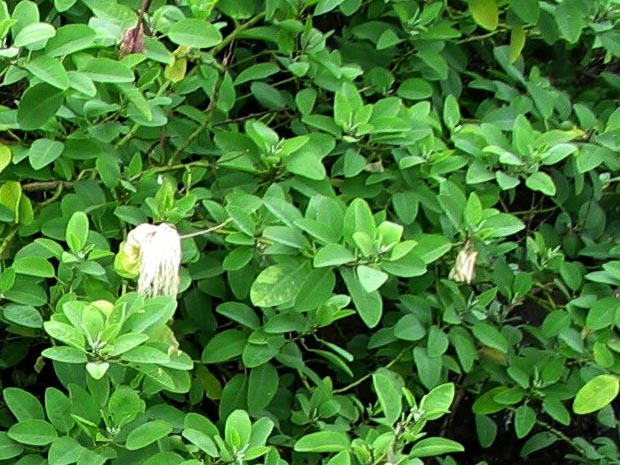
Caper Bush
Genus: Capparis
Botanical name: Capparis spinosa Linn
PLANT NAME IN DIFFERENT LANGUAGES
Sanskrit: Himsraa, Kaakdaani, Kabara
Hindi: Kabra
English: Caper Bush, Caper, Common caperbush, Spiny caperbush
Malayalam : Tudlii, Kakkatondi
MEDICINAL PROPERTIES
Caper Bush is a spiny, trailing, deciduous shrub native to the Mediterranean. The Hebrew word for Caper is tapher which actually means desire. Capers are found in Jerusalem and around Nazareth and are offered as a sort of Hors d’oeuvre to stimulate the appetite or to increase the desire to eat. The beauty of caper flowers is as fragile and short-lived as that of poppy flowers: the delicate, cream-white petals and lively purple stamina persist only a few hours. Moreover, the flowers are rarely seen in caper gardens as the caper bud must be harvested before it opens. Nevertheless, the flowers of wild caper bushes are a common sight in all countries surrounding the Mediterranean Sea, extending even to the Sahara in North Africa and the dry regions of Central Asia, where the plant is thought to have originated. Capers are essential for several Mediterranean cuisines and are mostly associated with Italian foods. They are mostly applied to tomato or wine sauces and fit well to poultry and fish.
The Root, flower bud and Fruit of Caper Bush plant is used for improving liver function, infections, diarrhoea, gout and rheumatism.
